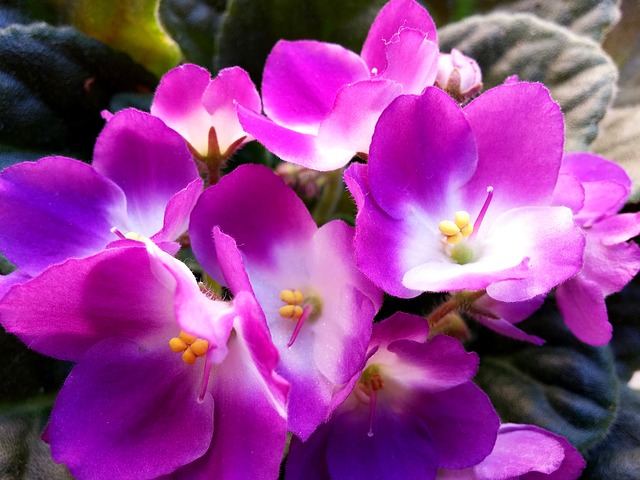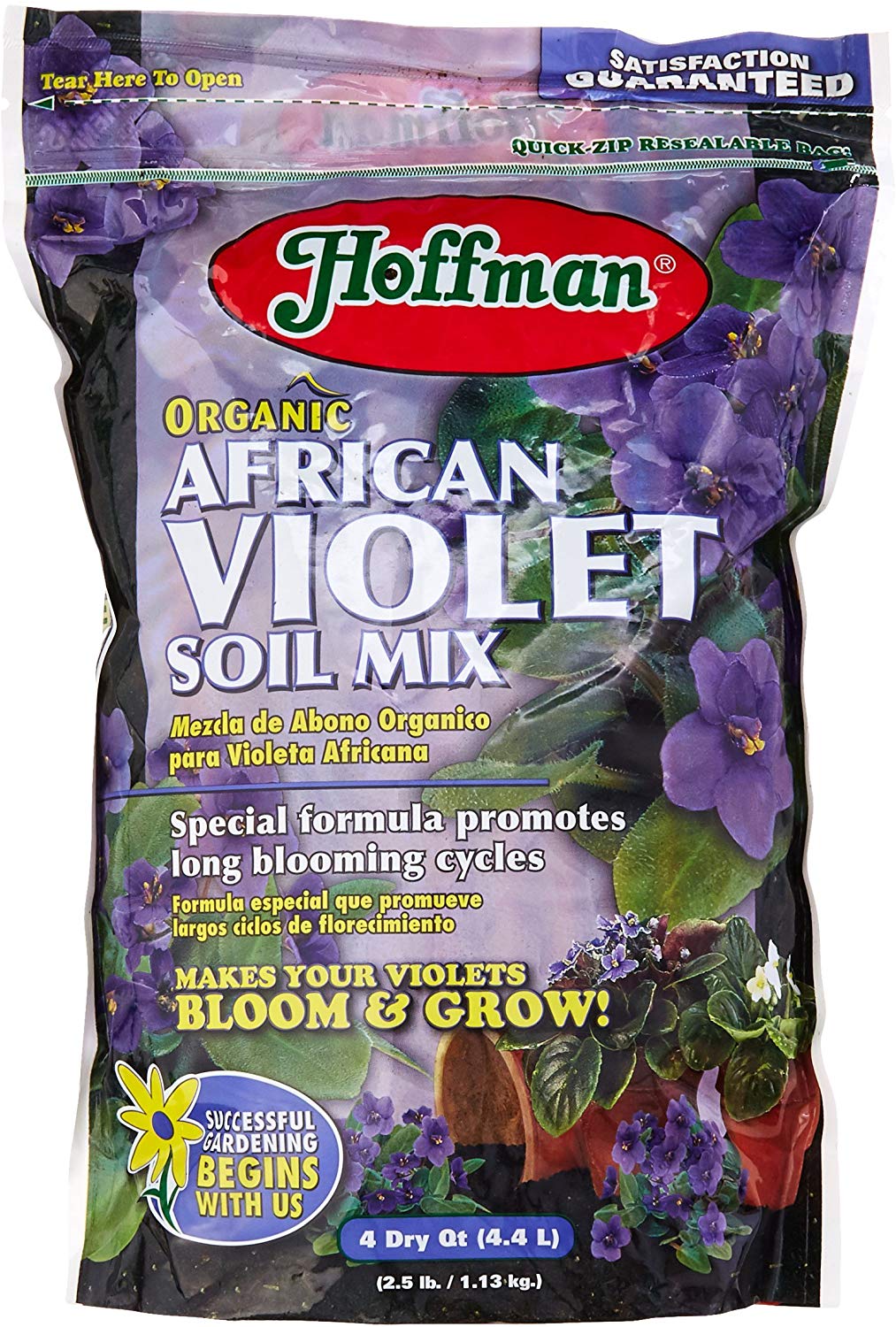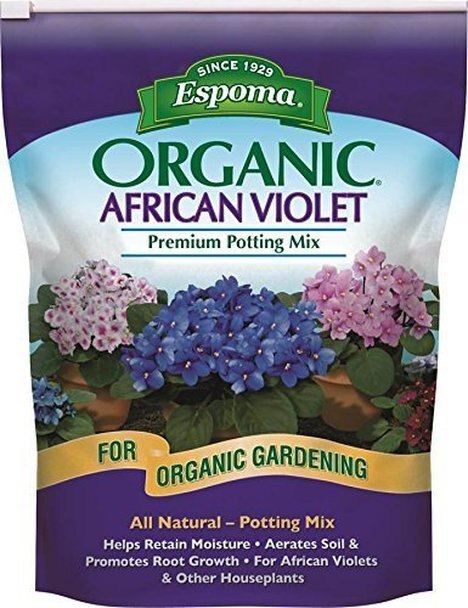African Violets


The African Violet has become the most popular member of the Gesnariad family. They're loved for their continuous flowering habit, variety of blossom forms, range of colors and leaf patterns.
If there is any magic formula for African Violets, it's the following program of care. Watering, fertilizing and repotting must be completed with regularity. “Hit-or-miss” attention will give only mediocre results.
LIGHT
Protection from the hot rays of the sun must be given in spring, summer and fall. During the dark days of winter, direct mild winter sunshine will promote flowering.
To find the best place in the house for lighting, place plants in various spots and observe results. Turn window-grown plants regularly for symmetrical foliage.
ARTIFICIAL LIGHT
Lights should be placed approximately 10-14” over the plant table and kept on from 12-14 hours per day.
WATER
Check soil daily and water if soil feels dry to the touch. Always use warm or room temperature water, never cold. They will grow best if soil is kept slightly moist at all times. They do not like soggy soil and shouldn’t be left standing in water. If watering from the top, be sure to water under the leaves, never over.
SOIL
African Violets do best in loose-texture soils, which are porous and well drained. Because of their fine roots, they need a substance that can be easily penetrated. There are several good commercial mixes especially made for them.

TEMPERATURE & HUMIDITY
African Violets do best in temperatures from 65 to 75 degrees F with 50-60% relative humidity. They can endure higher or lower temperatures but they will not prosper if the air is excessively dry.
If the temperature is too low, growth slows down. The flowers will be sparse and the foliage will curl down around the rim of the pot instead of lying flat.
Air that is too hot and dry can cause the buds to fall off or the blossoms to drop soon after opening. Maintaining adequate humidity during winter without the aid of a humidifier is difficult.
It's a good idea to group the plants close together. To improve humidity, place them on a surface of moist pebbles in a shallow tray or put open containers of water among them.
FERTILIZING
It is better to feed very small amounts of plant food each time the plant is watered. Use a complete water-soluble fertilizer recommended for African Violets. Be sure to read the manufacturer’s instructions before applying. Do not over fertilize and always be sure the soil is not too dry before using plant food.
PROPAGATION
New African violets are easily grown by three different methods:
1. Leaf cuttings
2. Plant divisions
3. Seeds
PROBLEMS AND SOLUTIONS:
- Scorching and yellowing of leaf edges, due to too much direct sun in summer: Filter the light with a curtain or move to a less bright spot.
- Yellowing of foliage: Often caused by excess fertilizer, or lack of humidity. In clay pots, salts build up on pots. The plant should be drenched once or twice to flush away as many salts as possible. If the roots are brown, it could mean severe salt buildup and repotting will be necessary. Violets are not heavy feeders, so don’t overfeed.
- Irregular, yellow mottling on leaves, called chlorosis: This is caused by the soil being too alkaline. Use an acid rich plant food to offset the alkalinity.
- Spots, colored markings, yellow leaves: Caused by under watering. Remove any damaged foliage and water over the soil surface until excess water drains out. Don’t let plants sit in a saucer of water more than an hour
- Brown spots on leaves caused by using cold water chilling the plant or splashed on foliage: Use room temperature water.
- Browned centers of the plant caused by overfeeding: Feed less.
- Wilted plants and rotting at main stem: This is a fungus disease (crown rot) aggravated by over watering, excess humidity or temperature extremes. Cut off damaged foliage and repot.
- Jelly like leaves which droop over the rim of the pot: Caused by excess fertilizer. Flush out the roots and coat the rims of clay pots with paraffin.
